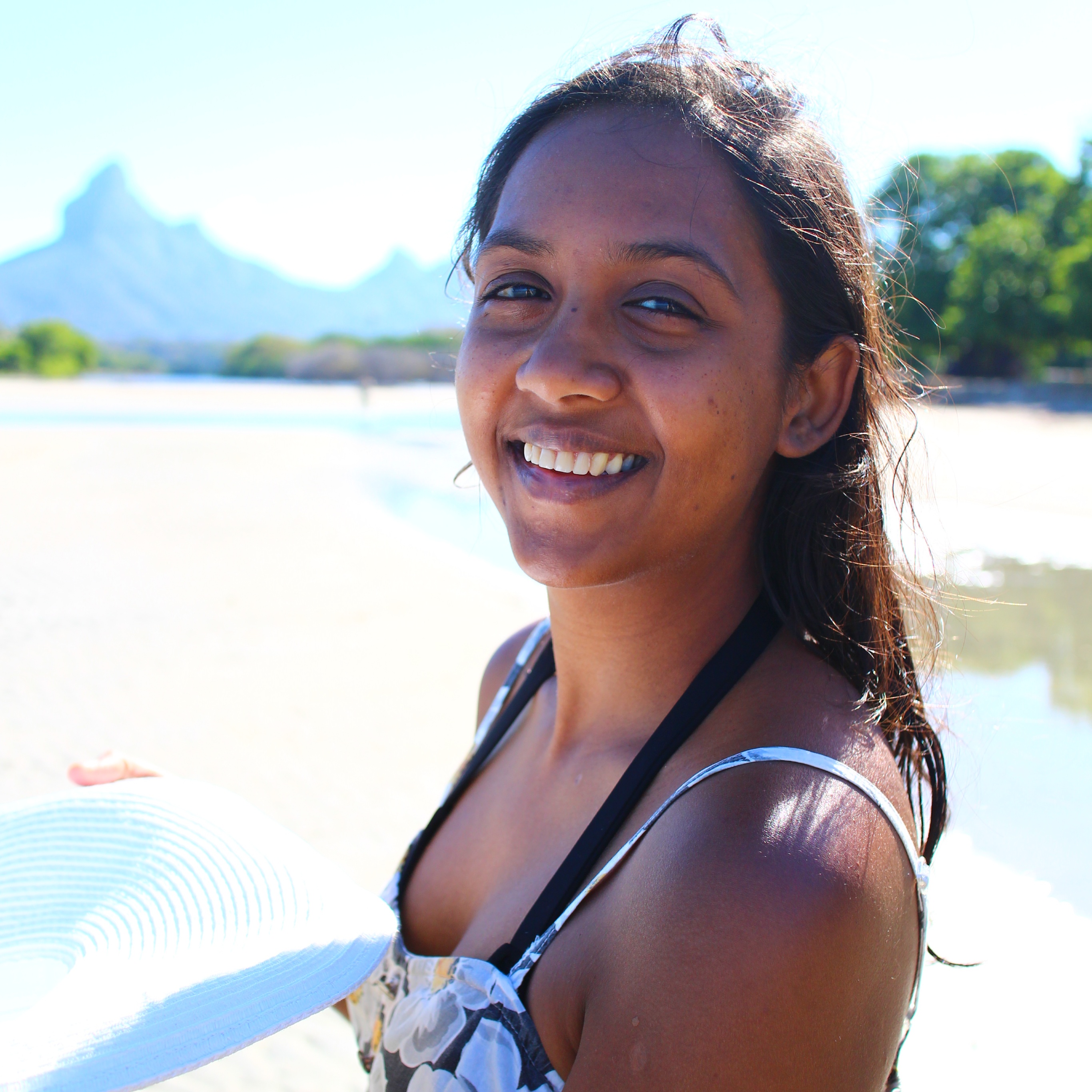Saint Louis, Sénégal
- barkhamossae

- May 23, 2021
- 3 min read
During the pandemic, I am so grateful that I had the opportunity to visit more African countries, courtesy of travel restrictions elsewhere and Ethiopian Airlines continuing its flights. But if there's one country that hit me hard, it's Senegal.

I could happily see myself living in Senegal for a while,. As a country, it has so much to offer and the hospitality of the people is incredible. When I arrived in Dakar, however, my plans to spend some time in the capital were scuppered by the pandemic so I headed out to a city I'd heard a lot about: Saint Louis, or "Ndar", as the locals call it.


It's a little bit like stepping through a window into another moment in time.

Saint Louis is a 4 hour drive North from Dakar, past a baobab forest and cute villages, close to the Mauritanian border, and definitely has a windswept feeling to it: a city which lies at the crossroads of travellers, countries, continents, maritime and land routes and different ecosystems.



Here, the Sahel meets marshlands and the ocean, in this town built on the water, criss-crossed by canals, and buffetted by influences from across oceans.
Saint Louis used to be the capital of Senegal (and Mauritania, when the area was still under french imperialist control as the "French West Africa"), and is the oldest town established by Europeans on the western coast of Africa. Named after Louix XIV, Saint Louis was an important trading post for the French and Europeans to exploit Africa's gold, gum, ivory, rubber and other resources, including its humans - the slave trade was among the key factors leading to the establishment of the French Company of the West Indies here in the 17th century, where the lucrative roads from the Sahel, the Sudan, the Sahara and the Atlantic converged.


Saint Louis was also dubbed the "intellectual capital of the north". As you stroll its colourful streets, you can see the French and Portuguese influence in its charming, crumbling architecture and the bits of history that are talked about, like the flight paths of Aeropostale, the French aviation company that operated in between 1918 and 1933. Names like Jean Mermoz or Antoine de Saint-Exupery still recall the excitement of aviation from that mid-war era, where the postal lines relied on the bravery and sense of adventure of its pilots.


The Faidherbe bridge linking the mainland to the island strips that make up Saint Louis was apparently designed by Gustav Eiffel's workshop.

As you walk around town, houses are painted in beautiful pastel colours, and there are throngs of people bustling about their lives, boats, and livestock. The thriving cultural scene - made up of cultural activities, music, artists, designers young and old - is a vibrant reclaiming of the town's narrative from its old french history - the atavism that can be found in other places has no hold here.


I stayed in Le Chateau, an old Mauritanian castle transformed into a cultural hub and artsy venue, which is quite ideally placed, and where I met a young photographer who took some of the photos in this post.



Drumbeats, some of the best dancing I've seen, and advertisements for more activities made me wish I had a month or two to commit to learning something creative. Saint Louis has so much to offer - bird sanctuaries, street art, cultural activities, and very often, festivals either in town or nearby.


The Mauritanian border is literally next door; being an islander, the concept of land borders is so strange to me. It's hard to fathom what it means when I think "I'm looking at a different country here". I headed to Salsal beach and the waves of the Atlantic crashed across the two countries in a misty blue-gray haze. It's surreal. .


It felt so remote.

But then the pile of plastic rubbish reminded me that there's no such thing as remote anymore, and that sadly, for all the wealth that passed through this town in previous centuries, people remain horribly impoverished.


^ A fisherman's shack

On the day that I had to head back to Dakar, I made a stop at the Langue de Barbarie, thus named after the "berber coast". This spit is a small strip of sand in a peninsula that hosts some incredible biodiversity - such as providing a nesting site for turtles and migratory birds, although I found out that a case of bird flu had led the authorities to shut down the wildlife park there.


But at Zebrabar - a lodge and restaurant spot in the peninsula - I bumped into this hyper-friendly dog who made up for it.













































Comments